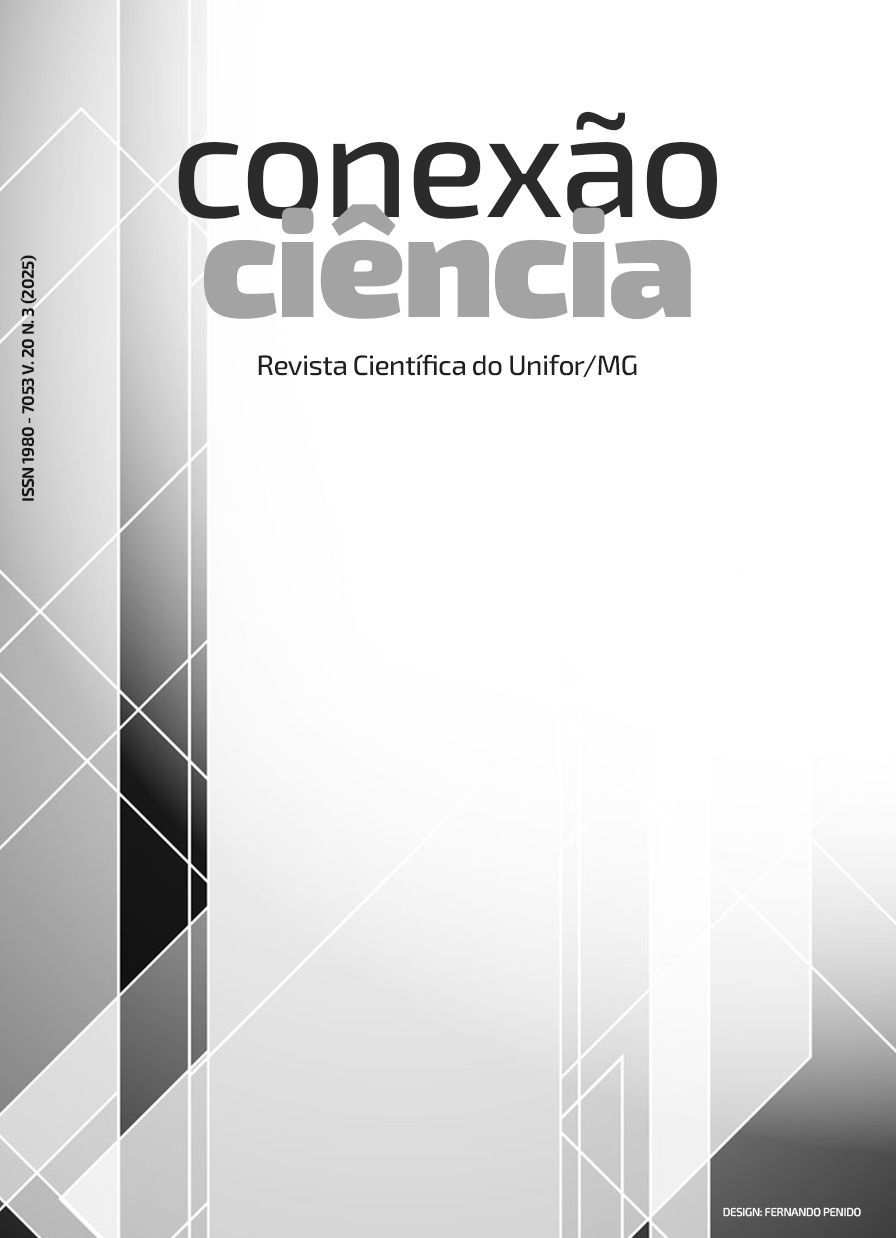Comparison between the maxillary and mandibular permanent dentition of humans and domestic animals
DOI:
https://doi.org/10.24862/cco.v20i3.2143Abstract
Introduction: Anatomy is the science that studies the shape, architecture, and structure of living beings, with the branch that explores morphological differences between species being termed comparative anatomy. Among the structures comprising the axial skeleton, teeth stand out. Objetive: To compare the teeth in humans and domestic animals (dogs, horses, and cattle), while also highlighting the structural similarities across these distinct species in terms of quantity, functions, and shapes. Methodology: Skeletons and individual anatomical pieces from the Laboratory of Human and Veterinary Anatomy at the University of Franca (UNIFRAN - Franca, SP) were used, as well as renowned anatomy books in this specialty area and scientific articles. Results and conclusion: The results were presented descriptively. In terms of quantity, humans possess 32 permanent dental elements, similar to cattle; dogs have 42, and horses have between 34 and 38, all composed of crown, neck, and root. Cattle lack maxillary incisors and canines, and mares may not have canine teeth. Across the various species analyzed, dental elements exhibited differences in sizes, shapes, and quantities of roots. In all studied species, permanent dental elements are responsible for grasping, tearing, and grinding food; additionally, in some animal species, they are used for self-defense, while in humans, they directly influence facial aesthetics and speech. Based on the results obtained, it is acknowledged that anatomical morphological similarities and differences among dental elements may be related to the functional and evolutionary aspects of the different species studied.
Downloads
Downloads
Published
How to Cite
Issue
Section
License
Copyright (c) 2025 Conexão Ciência Online

This work is licensed under a Creative Commons Attribution 4.0 International License.



